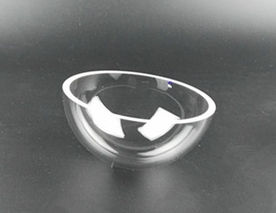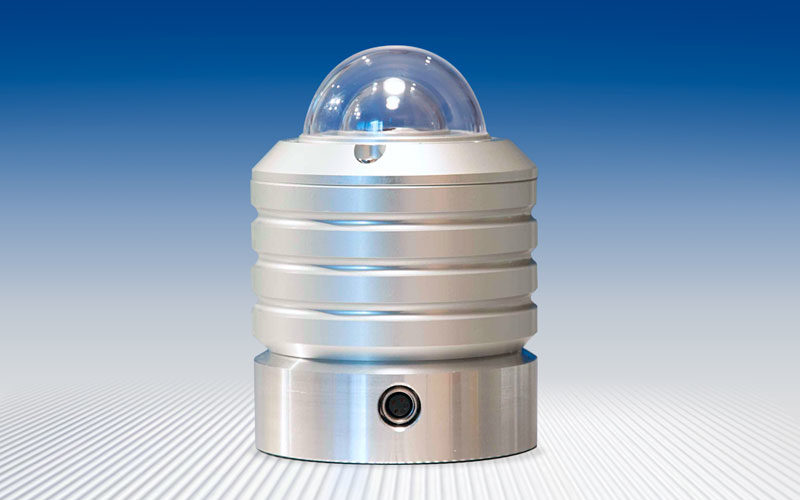How do thermopile pyranometers work?
Last update
How do thermopile pyranometers work?
The physics behind the thermopile pyranometer
Solar radiation can be measured according to the Seebeck effect. This thermopile effect is part of a physical phenomenon called thermoelectric effect, in which the temperature difference between two dissimilar electrical conductors produces a voltage difference. The potential difference between the two conductors kept at different temperatures is defined as the Seebeck effect.
A thermopile pyranometer is made up of many such junctions as described above, placed in line. The warm side is exposed to solar radiation, whilst the cold side is in the shade. By measuring the voltage between the 2 joints, you can find the radiation irradiating from the sensor. The voltage gives a measure of the solar irradiation.
The thermopile pyranometer design explained

Ever wondered the purpose of the glass dome on thermopile pyranometers?
The glass dome atop the thermopile pyranometer allows maximum light to enter from 180° angles whilst eliminating convection currents and wind to ensure accurate readings. Without the glass dome, any air currents would abnormally cool the hot side, skewing irradiation measurements.
Thanks to the Seebeck effect, and the shrewd dome-design, the thermopile pyranometer is capable of absorbing a wide range of the solar spectrum, with a spectral sensibility between 300nm and 3000nm, and a flat response along almost the entire spectrum.
A thermopile pyranometer can also be used to measure the diffused solar radiation.
Which type of thermopile pyranometer offers the most precise readings?
According to ISO9060, which sets out pyranometer standards, thermopile pyranometers are classified as follows, in ascending order of costs and precision:
- Secondary Standard pyranometers
- First class pyranometers
- Second class pyranometers
Shortcomings
Unfortunately thermopile pyranometers give a relatively weak signal, so are vulnerable to electric and electromagnetic disturbances. In areas where there are electric and electromagnetic disturbances, the signal has to be amplified within the first few decimeters or inside the body of pyranometer.
Common uses
Thermopile pyranometers are the standard solar measuring instrument for monitoring weather conditions and any research requiring a high degree of accuracy.
They are occasionally used for evaluating the efficiency of a photovoltaic system, though photovoltaic pyranometers based on silicon cells are more suitable.


